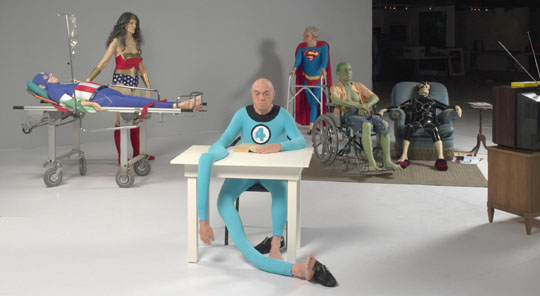Don't be distracted by the big names showing at "Medicine and Art: Imagining a Future for Life and Love" — Da Vinci, Okyo, Damien Hirst — the jewels of the show lie in the obscure — timeworn or contemporary.
"Medicine and Art" at the Mori Art Museum is based around 150 items borrowed from the Wellcome Collection, the medical and anthropological acquisitions of American-born pharmaceutical entrepreneur Henry Wellcome (1853-1936), which is now managed by the Wellcome Trust in Britain, a major player in biomedical research. Visitors are invited to see these items for their artistic merit; yet, despite The Mori's best efforts, the objects unavoidably retain an educational intent: They show the history of how we came to understand our bodies.
Take the first works that greet visitors, Jacques-Fabien Gautier d'Agoty's two paintings of women in comforting classical poses, one nursing a child, the other pregnant. While their sketchlike quality is mediocre, what is striking about both women is that though portrayed as seemingly lively, their bodies have been dissected to show their wombs and muscular structure. The contrast is confusing but not off-putting, and this first room, in which D'Agoty's paintings are accompanied by an Andy Warhol silk screen of a heart and an original 19th-century X-ray table, sets the tone for the show perfectly by coaxing you into the world of historical and contemporary curiosities. Three groundbreaking anatomical explorations by Leonard Da Vinci come next — and then things get really weird.

















With your current subscription plan you can comment on stories. However, before writing your first comment, please create a display name in the Profile section of your subscriber account page.